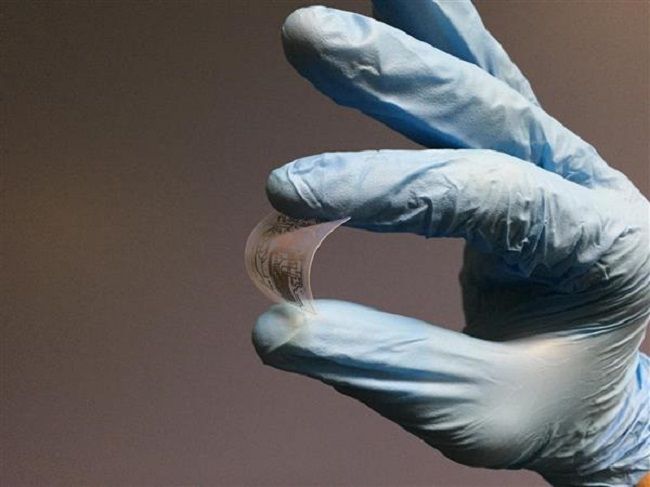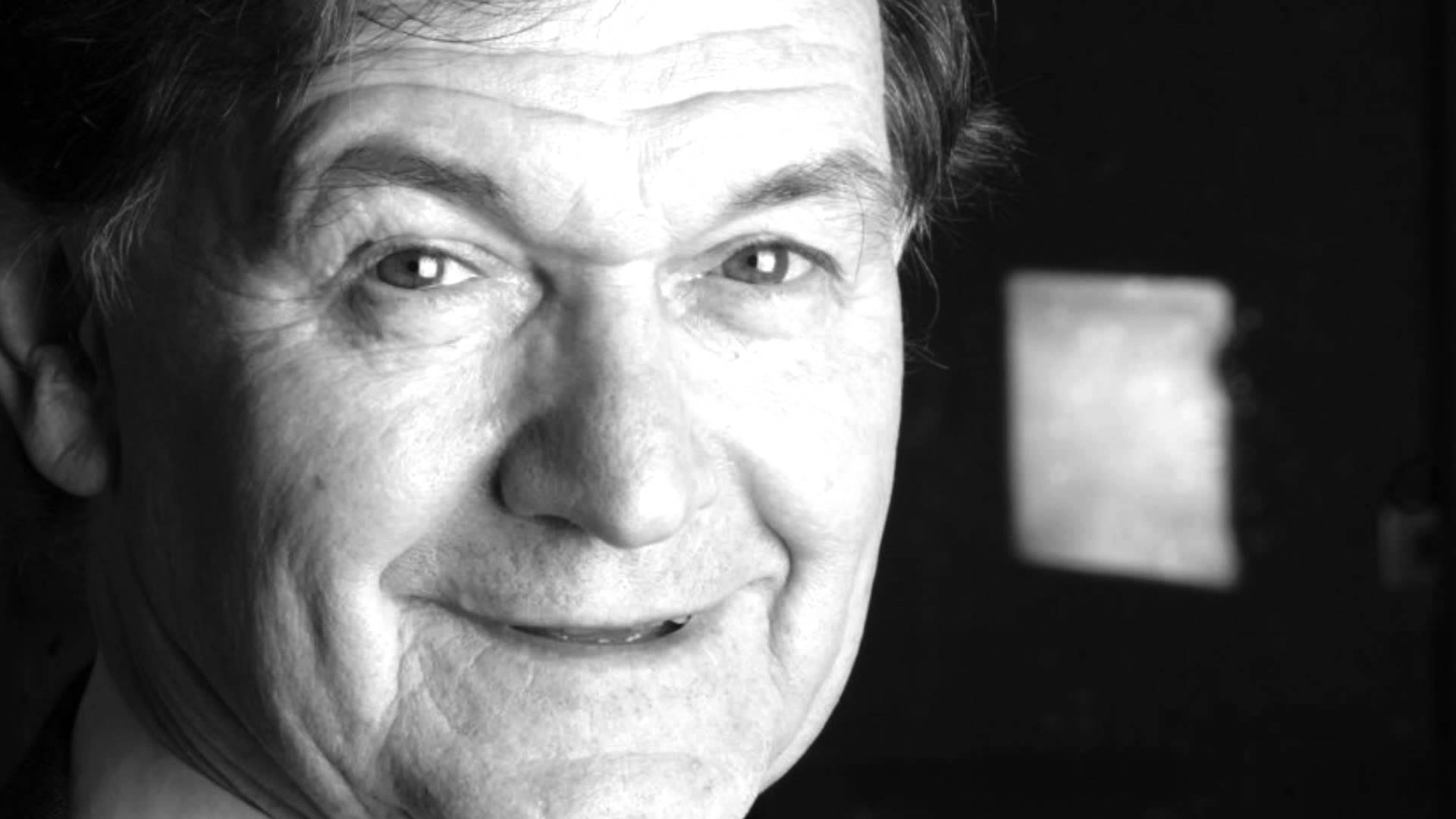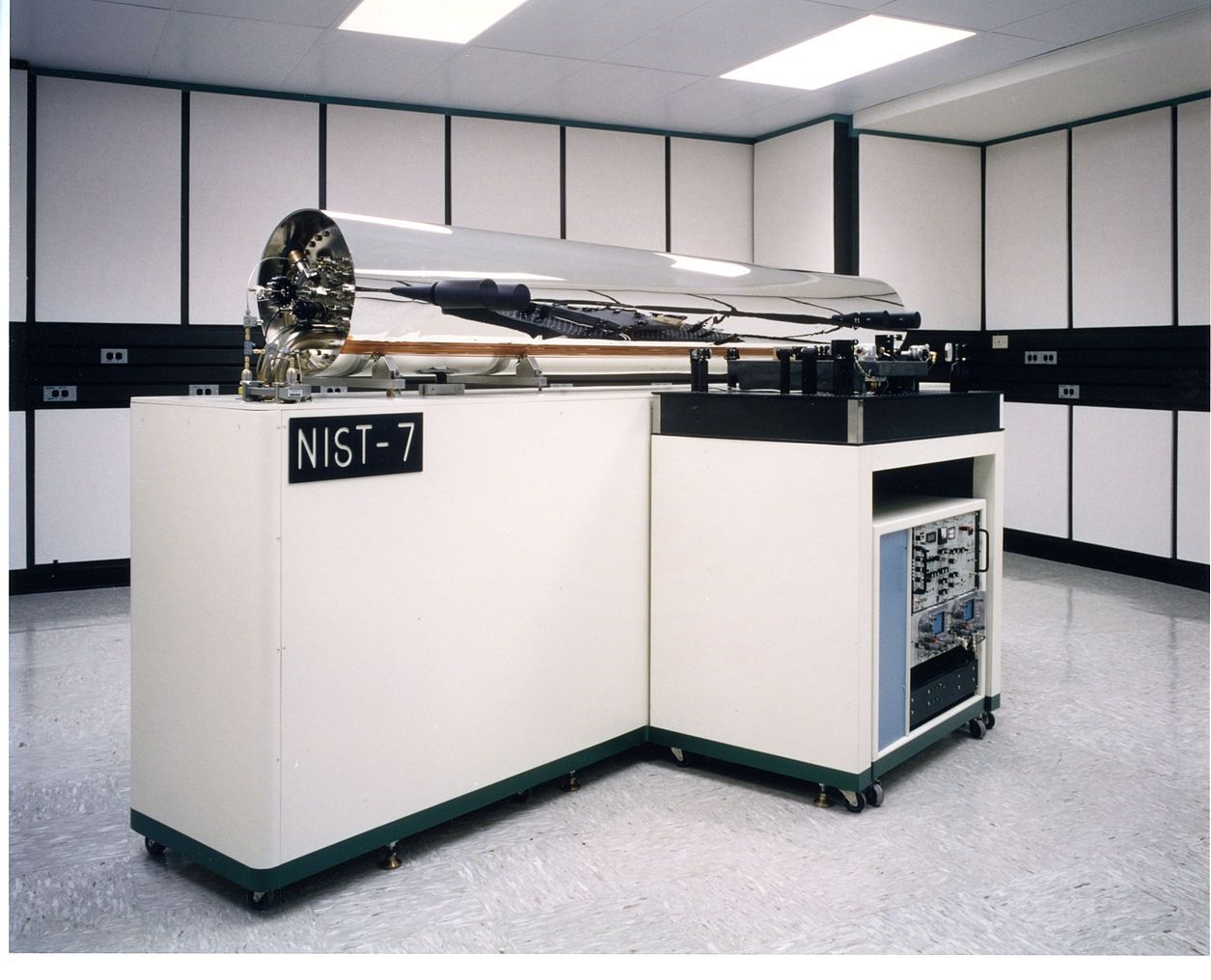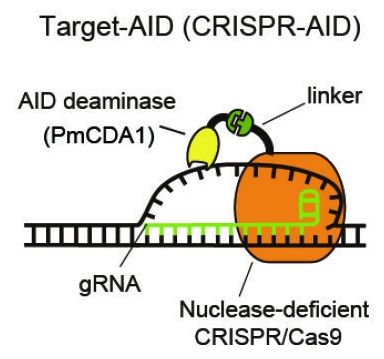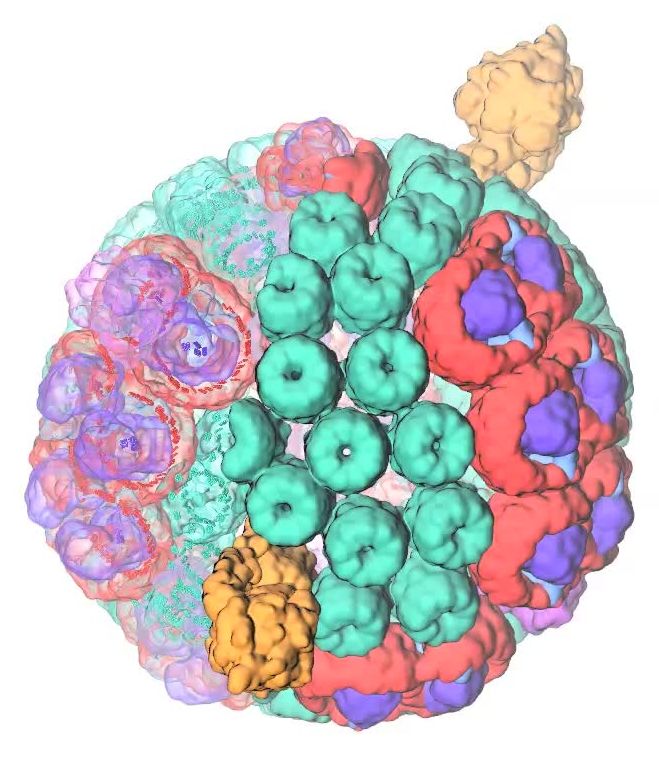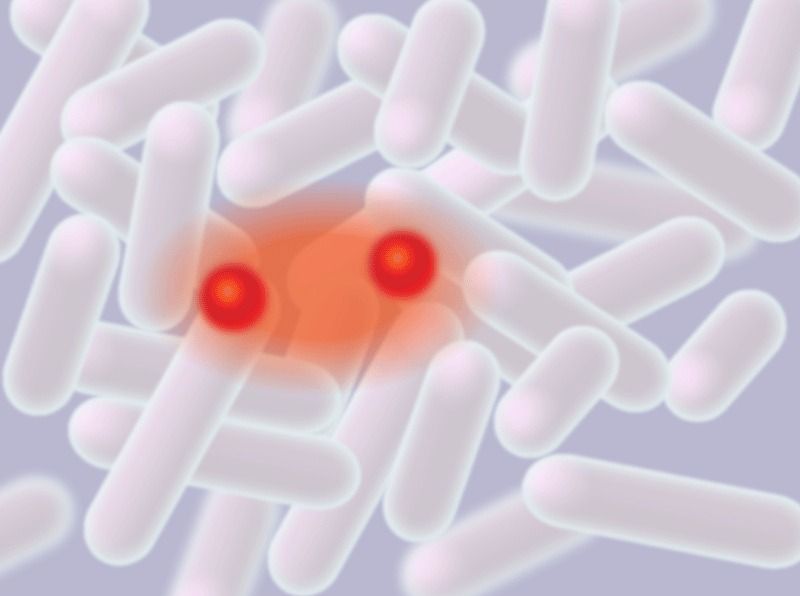Aug 26, 2016
Cheap and Useful 3D Printed Electronics
Posted by Karen Hurst in categories: 3D printing, mobile phones, solar power, sustainability
Nice.
Shopping trends change from time to time while consumers continue to search for more affordable products with better functionality and specs. Researchers and developers around the world continue to improve company products while lessening the cost of producing these materials.
Gadgets like smartphones, LED lights, tablets and solar cells are already part of the mainstream, and it is not going to change anytime soon. Companies that are involved in this industry must always keep a competitive edge against other manufacturers.
Continue reading “Cheap and Useful 3D Printed Electronics” »
